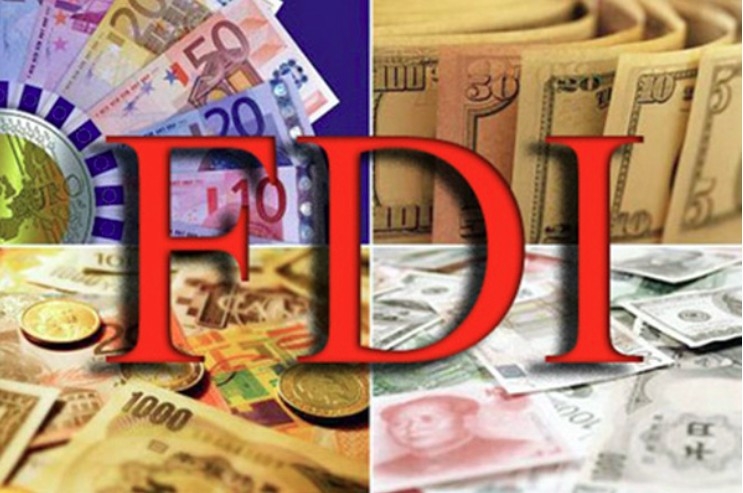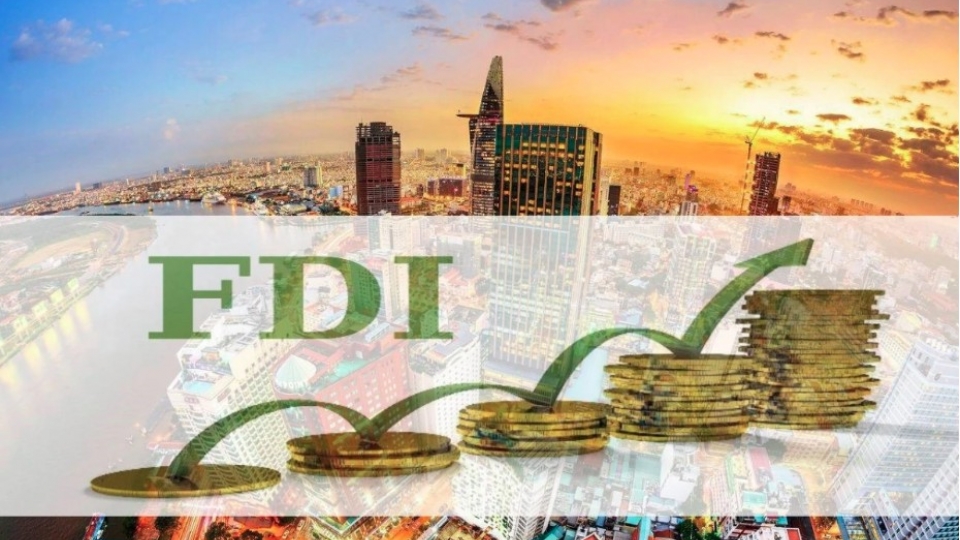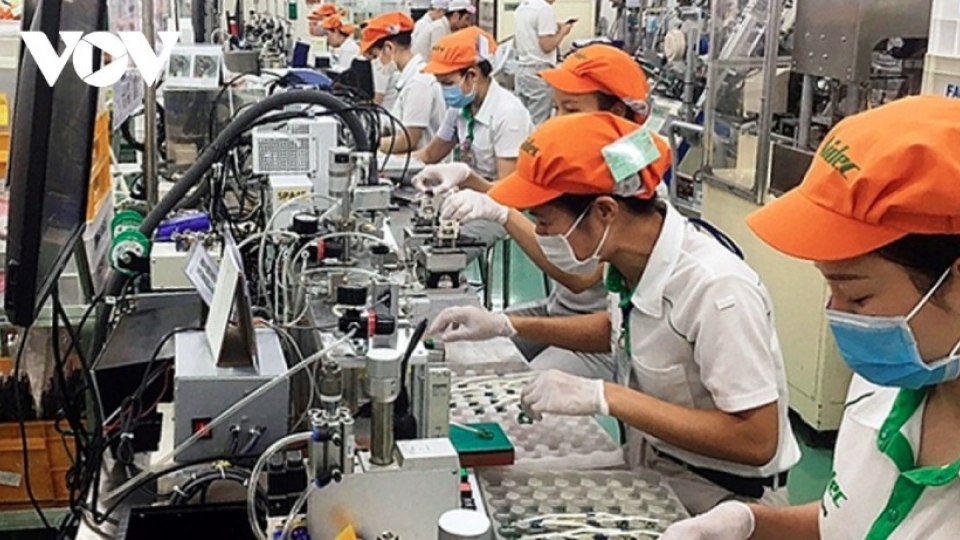Brighter FDI prospects hinge on upcoming US tariff decision
VOV.VN - Global investment flows, including those into Vietnam, are expected to shift more clearly after August 1, 2025, when the US is scheduled to finalize its tariff policy.
According to US Commerce Secretary Howard Lutnick, who spoke to CBS News on July 20, this is a “hard deadline”, with no further extensions.
As the deadline approaches, questions are mounting over whether the US reciprocal tariff measures will affect foreign direct investment (FDI) into Vietnam. Speaking at the annual Vietnam Industrial Connection Forum, Nguyen Dinh Nam, Chairman and CEO of IPA Vietnam, cited a slowdown in newly registered FDI, totaling nearly US$9.3 billion, down 9.6% year-on-year as a sign of caution in the market. While many new projects are being licensed, most are small to medium in scale, with capital primarily going toward the expansion of existing operations.
According to Nam, investors remain cautious due to uncertainties surrounding the US tariff regime and the evolving “China +1” strategy. “FDI is a long-term commitment, so investors are holding back until they have a clearer picture,” he said.
Bok Dug Gyou, Head of the Korea Desk at the Vietnam Trade Promotion Agency and Deputy Director of KOTRA Hanoi, shared a similar view. He noted that Korean investment into Vietnam has slowed in recent months, partly due to US tariff uncertainty. Many Korean firms, he added, are waiting until early August, when the tariffs are finalized.
A report by the Foreign Investment Agency under the Ministry of Finance also acknowledged strong investor confidence in Vietnam, reflected in the sharp rise in registered capital.
However, it also pointed to lingering geopolitical and policy risks. Despite signs that US–China trade tensions may be easing, the US tariff measures could create uncertainty among global investors and slow disbursement, especially for large-scale, long-term projects.
Overcoming headwinds to sustain momentum
Despite ongoing concerns, many observers remain optimistic about Vietnam’s FDI outlook. Nguyen Dinh Nam said that with effective negotiations, the US policy could actually present an opportunity for Vietnam to attract high-quality investment.
While FDI inflows may remain moderate in the second half of this year, he expects a more positive outlook in 2026, especially as the government continues its investment promotion efforts and newly reorganized administrative units begin operating stably. Notably, Vietnam attracted over US$21.5 billion in registered FDI in the first half of 2025, up 32.6% year-on-year. Disbursed capital was estimated at US$11.72 billion, up 8.1%.
In a report released in early July, VinaCapital stated that as long as US tariffs on Vietnamese exports do not exceed those on competing countries by more than 10%, Vietnam will continue to attract strong FDI inflows.
According to the Foreign Investment Agency, Vietnam’s restructuring of local government into a two-tier model is not only serving economic development goals, but is also considered a key factor in consolidating investor confidence and raising expectations for broader administrative reform and a more transparent investment environment.
To improve FDI performance, Bok Dug Gyou recommended continued reform of the business climate, enhanced training for skilled technical workers, targeted policies to support small and medium-sized enterprises, and more selective investment in supporting industries.
He also emphasized the importance of mapping out Vietnam’s value chains to identify weaknesses and fill key gaps.
In practice, many Korean investors have reported challenges in sourcing skilled labor and building supply chains in Vietnam. According to Nguyen Dinh Nam, improving local content ratios, tightening control of input materials, diversifying import sources, and developing domestic supporting industries will help Vietnam mitigate risks from US tariff policy.





